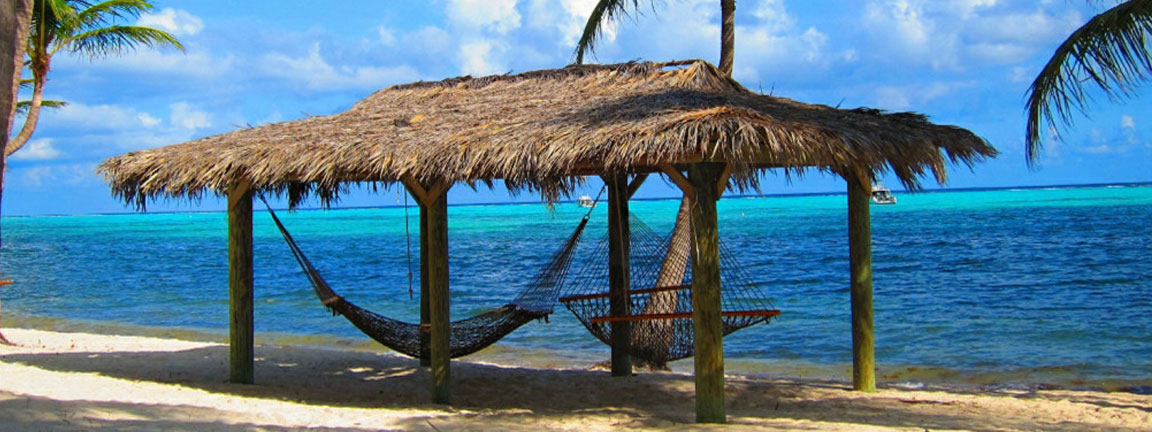About Little Cayman

Main Page | More details | Agenda | About Little Cayman | Sign Up

Main Page | More details | Agenda | About Little Cayman | Sign Up
The History of the Cayman Islands
The Cayman Islands are a British Overseas Territory and overseas territory of the European Union located in the western Caribbean Sea. The territory comprises the three islands of Grand Cayman, Cayman Brac, and Little Cayman, located south of Cuba and northwest of Jamaica. The Cayman Islands are considered to be part of the geographic Western Caribbean Zone as well as the Greater Antilles. The territory is a major world offshore financial centre.
The Islands were first logged as sighted by Christopher Columbus on 10 May 1503 during his fourth and final voyage to the New World. He named them "Las Tortugas" after the large number of sea turtles observed there. The first recorded English visitor to the islands was Sir Francis Drake in 1586. He subsequently named the islands "Cayman" after caiman, the Neo-Taino nations' nomenclature for "crocodile".
The Cayman Islands remained largely uninhabited until the 17th century. While there is no archaeological evidence for an indigenous people on the islands, a variety of settlers made their home on the islands. This grouping of people from various backgrounds included pirates, refugees from the Spanish Inquisition, shipwrecked sailors, and deserters from Oliver Cromwell's army in Jamaica.
Legend or Fact?
The Cayman Islands historically have been a tax-exempt destination. On February 8, 1794, the Caymanians rescued the crews of a group of ten merchant ships, including HMS Convert, an incident that has since become known as the Wreck of the Ten Sail. The ships had struck a reef and run aground during rough seas. Legend has it that King George III rewarded the island with a promise never to introduce taxes as compensation for their generosity as one of the ships carried a member of the King's own family, his son Prince William. While this remains a popular legend, Queen Elizabeth II herself, along with various history books, state the story is not true..... but we will continue to believe it , cause it is a cool story :-)
Caymanian Flair
Today, the people here speak a British form of English with its own Caymanian flair. In fact, each district has a different dialect. They also have a rich heritage of rope making, with strands braided from the national tree, the Silver Thatch Palm. And, as you would expect, this customs they hold in the highest regard come from their maritime past, right up to the catboat races that they host every year. Turtles and Turtles The two smaller islands - Little Cayman and Cayman Brac - were also discovered by Columbus in 1503, who namedd them Las Tortugas (Spansih for turtles) after the vast numbers of turtles populating the islands. This turtle lore remains a major talking point for vistors as the Caymans retain the right to eat the turtles that are farmed at a special facility on the main island.
So, although locals and some visitors find it a must to try - we prefer to swim freely with them and experience their ocean dance. Besides, they probably taste like Chicken..